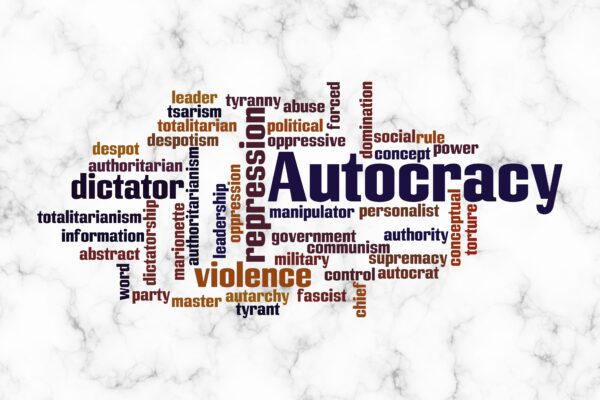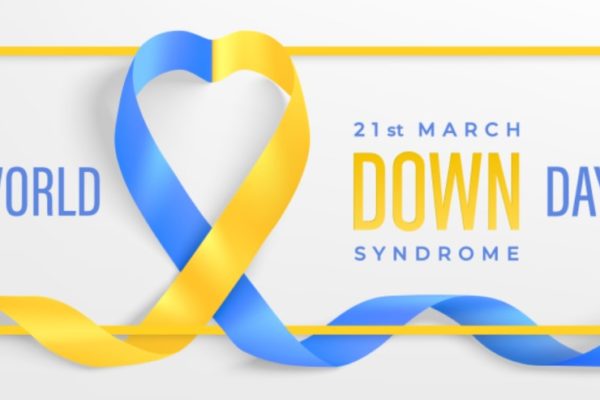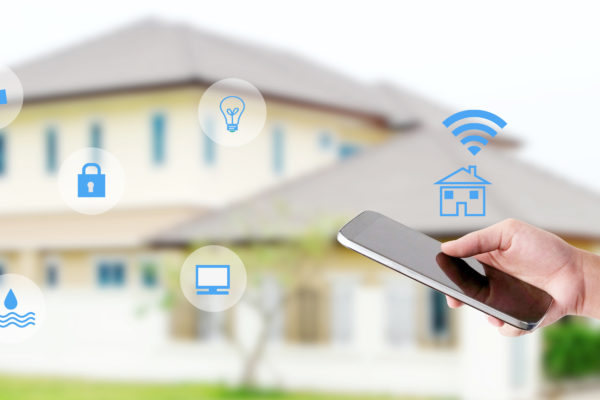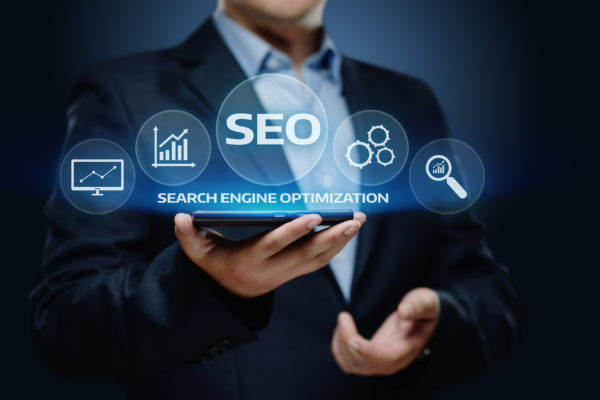My video conference was scheduled for 2.00pm. At 1.00pm I left my study and scurried upstairs to change from t-shirt and shorts into shirt and trousers, glancing briefly in the mirror to smooth the home-cut hair and thickening beard. Back in the study, I looked around to spot any unwanted piles of paper or home-school output before settling back down in front of my computer to prepare myself for the forthcoming video-call.
Newly self-employed and in the process of ramping up my nascent consulting business, my diary is not packed with calls and video-conferences, as it would be if I were facing the internal machinery of a large organisation. So, the occasion of the forthcoming ‘Zoom’ call was a little bit different; out of the usual. I was self-conscious about the environment, concerned that the technology would not work and anxious about how effective the communication would be. This was with a potential client, so I was keen to make a good impression and wondered whether the chances of securing them as a client would be influenced by this potentially strained method of engagement. Whilst I am very used to appearing in front of a video in an office and engaging with colleagues and clients in remote locations, the proximity and familiarity of this interaction in my home was strange, even bizarre.
I contrast my experience with that of my wife who spends most of every day in her home office facing a screen with multiple boxes containing the faces of her work colleagues or clients. It seems second nature for her to go into her home office, log on and engage over video throughout the day. Indeed, it is now so familiar that the idea of returning to a ‘normal’ daily trip to another building to carry out the day’s tasks seems almost foolish and certainly less convenient; less productive.
Whilst the concept of working from home has certainly been gaining a lot of traction in recent years, it is curious to think how our working lives will change post our COVID-19 experience. I have no doubt that drastic change will follow. Companies will reconsider the necessity for bringing teams together on a permanent basis and the implications that brings for maintaining permanent real estate. Management consultants will need to re-write the books and adapt the theories on personnel engagement and assessing productivity. No doubt a whole new industry of IT will emerge to facilitate ever better meeting experiences without the need to actually meet. The constraints of accessing talent pools around major (and expensive) city centres will be alleviated, freeing organisations to tap into a more diverse universe of employees at potentially lower cost. Are we on the edge of a brave new working world?
According to a paper by McKinsey[1] and drawing on their own research from a Gallup poll[2], 80% of people questioned reported that they enjoyed working from home. Forty-one per cent said they are more productive than they have been before and 28% that they are as productive. But are these transitory feelings associated with the novel experience? In time will the shine tarnish, productivity fade and disillusionment rise? I think there will be an element of that, perhaps skewed towards the younger cohort of the workforce that craves insights from their more experienced colleagues via the day-to-day informal chit-chat of the office environment or the more formal engagement of mentoring programmes.
Going further than work from home, a study in the Harvard Business Review [3] questioned whether it was time to allow workers to work from anywhere (WFA), allowing the employee to have geographic flexibility. The authors argued the “work from home employee can choose to pick the kids up from school or spend lunch hour walking the dog, a WFA employee can do all of those and also relocate closer to aging parents or to a location with a lower cost of living.”
Workplace culture will need to adapt to the new ways of work. Rather than relying on the osmosis-like effect of person to person transmission of values, mission, or work-place philosophies companies will need to adapt their communication strategies to involve employees on a less subtle, more proactive manner to enforce the sense of corporate identity.
The new norm will undoubtedly challenge the fundamental operating model of organisations, so attention needs to be paid to reconfiguring practices that better reflect new realities. The McKinsey research envisages four steps to ‘reimagine work and workplaces’: “1. Reconstruct how work is done; 2. Decide ‘people to work’ or ‘work to people’; 3. Redesign the workplace to support organisational priorities; 4. Resize the footprint creatively.” These steps examine different work processes to assess what can be done remotely and what needs to be done in a physical location; calls for the review of professional development journeys to try to adapt individual’s careers to the location that best meets their needs at each stage; reflect on values and culture.
Only time will tell if we will indeed face a radical reshaping of the workplace but as the themes of flexible working, better work/life balance and improved diversity are increasingly upon us as a source for debate, perhaps now is the time to grasp this opportunity to rethink our employment structures. If we simply apply traditional approaches to new ways we will probably fail, but if we rethink, flex and adapt perhaps we face better odds of creating more sustainable and beneficial working environments.
[1] Reimagining the office and work life after COVID-19,Brodie Boland, Aaron De Smet Rob Palter and Aditya Sanghvi [2] Megan Brenan, “US Workers Discovering Affinity for Remote Work”, Gallup April 3 2020, gallup.com [3] Is It Time to Let Employees Work from Anywhere? by Prithwiraj (Raj) Choudhury, Barbara Z. Larson and Cirrus Foroughi, August 14 2019






